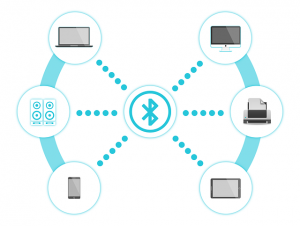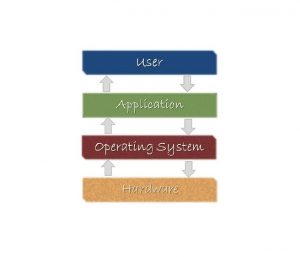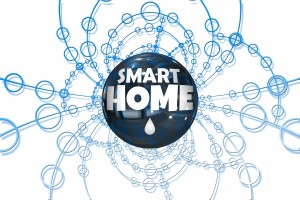
Photo from Pixabay is licensed under CCO. This is a modified combination of two images, the originals can be found here Pixabay and here Pixabay
Have you ever had to agonize over the question – When is it time to build the “better mousetrap”? By better mousetrap, we mean creating the next generation of a product. Most would think this would be routine for technology-based companies, however, a study of 28 next-generation product-development projects at 14 leading high-tech companies, found most were unable to complete projects on schedule. 1 In addition, these companies had difficulties with the derivative products needed to fill the gaps in the market that their next-generation products will create.




